How to clean strawberries – 4 ways to best prepare your fruit
Learn how to effectively clean strawberries with this handy guide
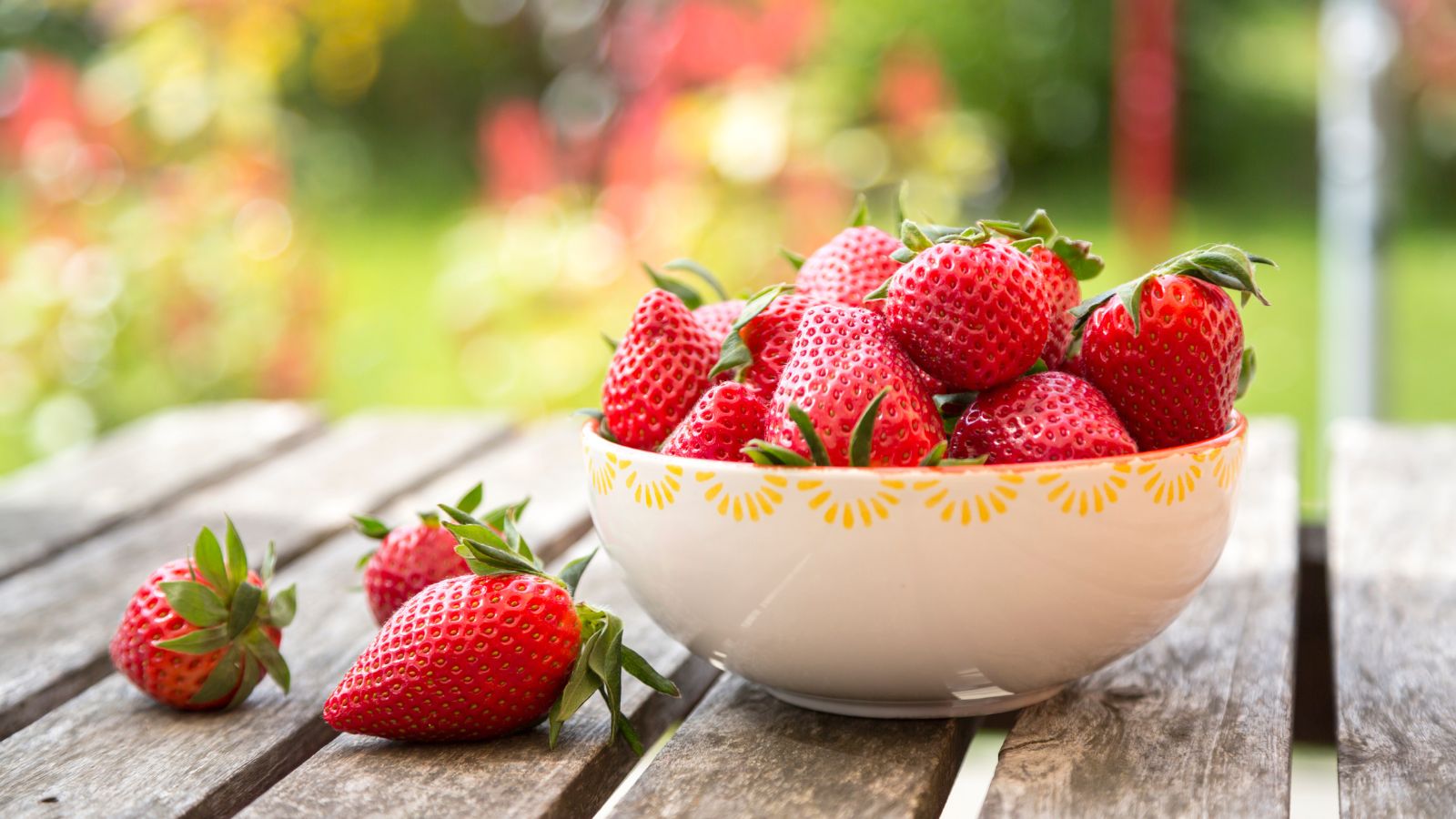

Strawberries top the Dirty Dozen list each year, this means they often contain higher levels of pesticides than other fruits and veggies. 'Unwashed produce can have dirt and bacteria, not to mention pesticide residue on the fruit’s skin, which can lead to foodborne illness. It is therefore vital that you take care to wash your fruit and veg.' Rachel Crow, the garden editor for Homes & Gardens, warns.
With health organizations recommending that you clean your fruit but warning against using produce washes and disinfecting agents, it is surprisingly easy to use what you likely already have in your house.
How to clean strawberries
Whilst you might know how to store strawberries for longer-lasting freshness, learning how to clean strawberries is equally as important. There are different methods for cleaning strawberries based on what you might have in your cupboards or how thoroughly you want to clean them.
Although avoiding store-bought strawberries and learning how to grow strawberries could be seen as a way around the pesticide problem, growing your own can introduce unwanted bugs and pests into your fridge. Here are four easy ways to prepare and clean all strawberries for your perfect summer dishes.
1. Clean strawberries with water
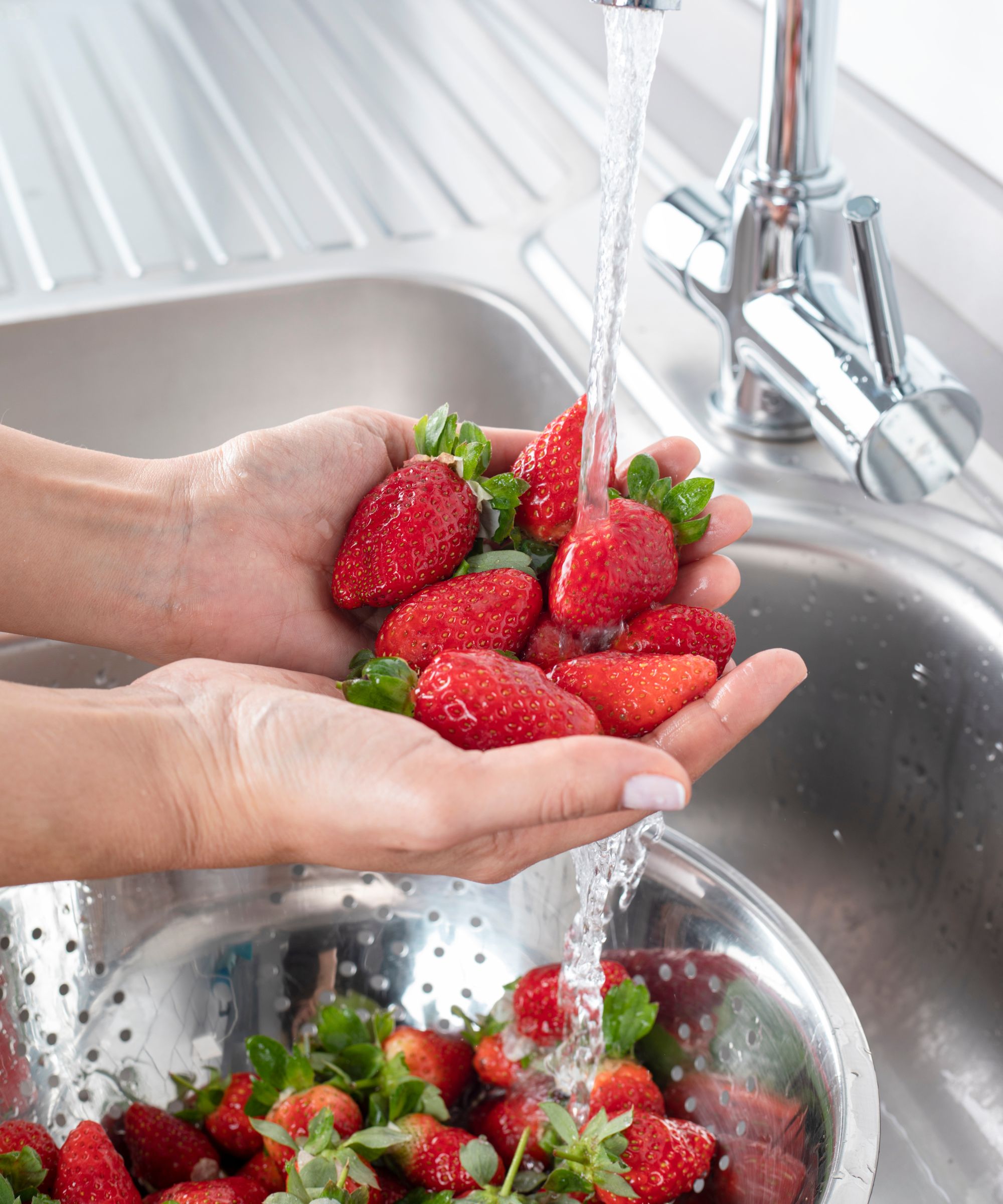
The quickest and easiest way to clean strawberries is simply using water.
Use cold running water to rinse your strawberries immediately before using them to remove any pesticide coating that may be left over from the farming process
'It is important when washing strawberries to try and consume them soon after as any added moisture can speed up the decaying process and turn your strawberries mushy' Rachel reminds us. If you have to wash them before storing them for any period of time make sure to dry your strawberries (stems and leaves included) thoroughly using a paper towel.
When storing washed berries, place a paper towel at the bottom of a perforated container to allow airflow and collect any excess moisture.
2. Clean strawberries with vinegar
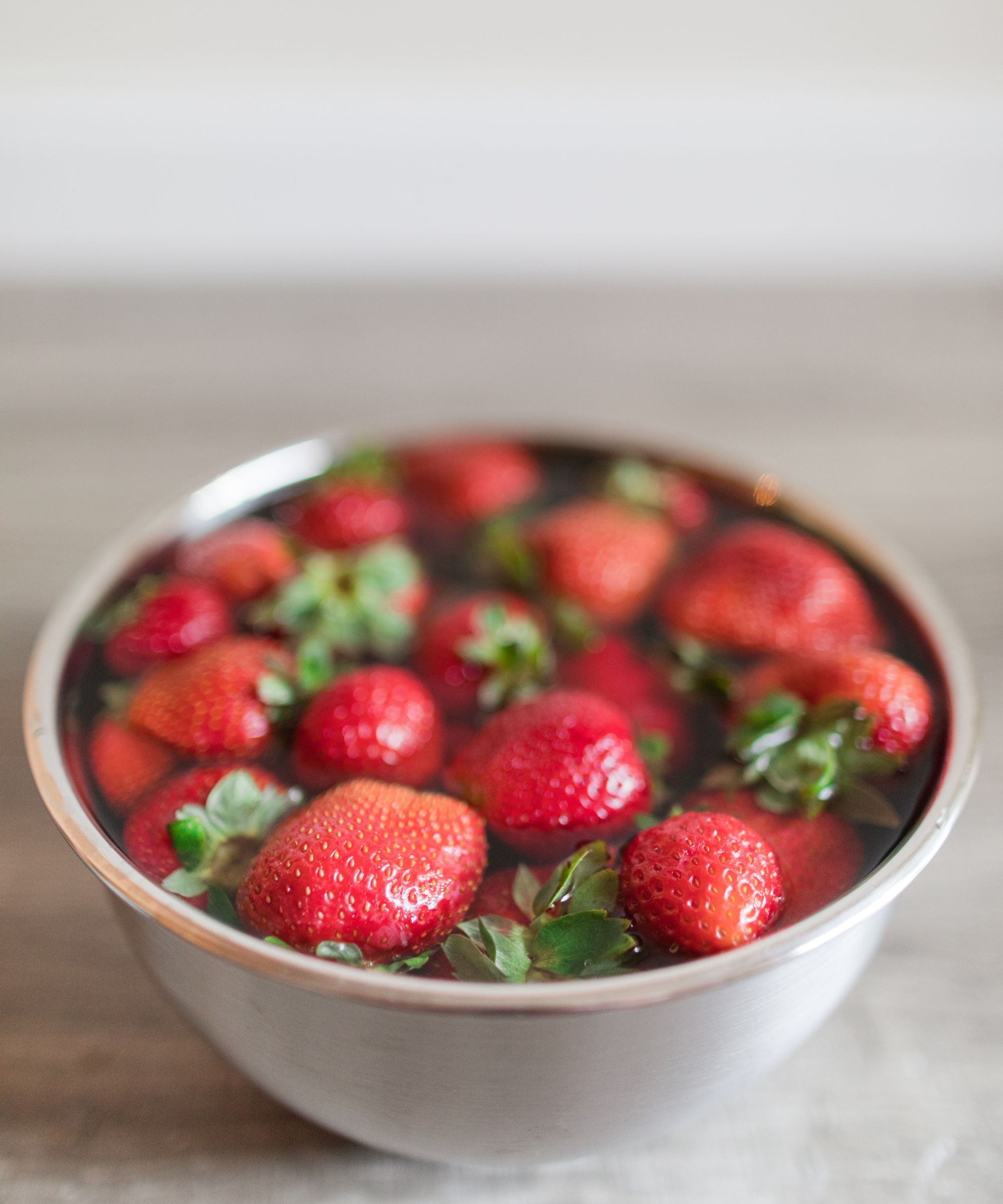
Soaking strawberries in vinegar can help to both clean and preserve them for longer when done right.
Submerge strawberries in a mixture of one part water to three parts white vinegar, and soak them for around five minutes. This method works by allowing the acid in the vinegar to kill any bacteria and mold spores from the strawberries as well as dissolve dirt and grime. When using this approach it is important to rinse them under plain cold water to remove any vinegar taste.
If you will be storing the strawberries after cleaning with vinegar, rinse and dry completely before storing them in an aerated container for up to two weeks.
3. Clean strawberries with baking soda
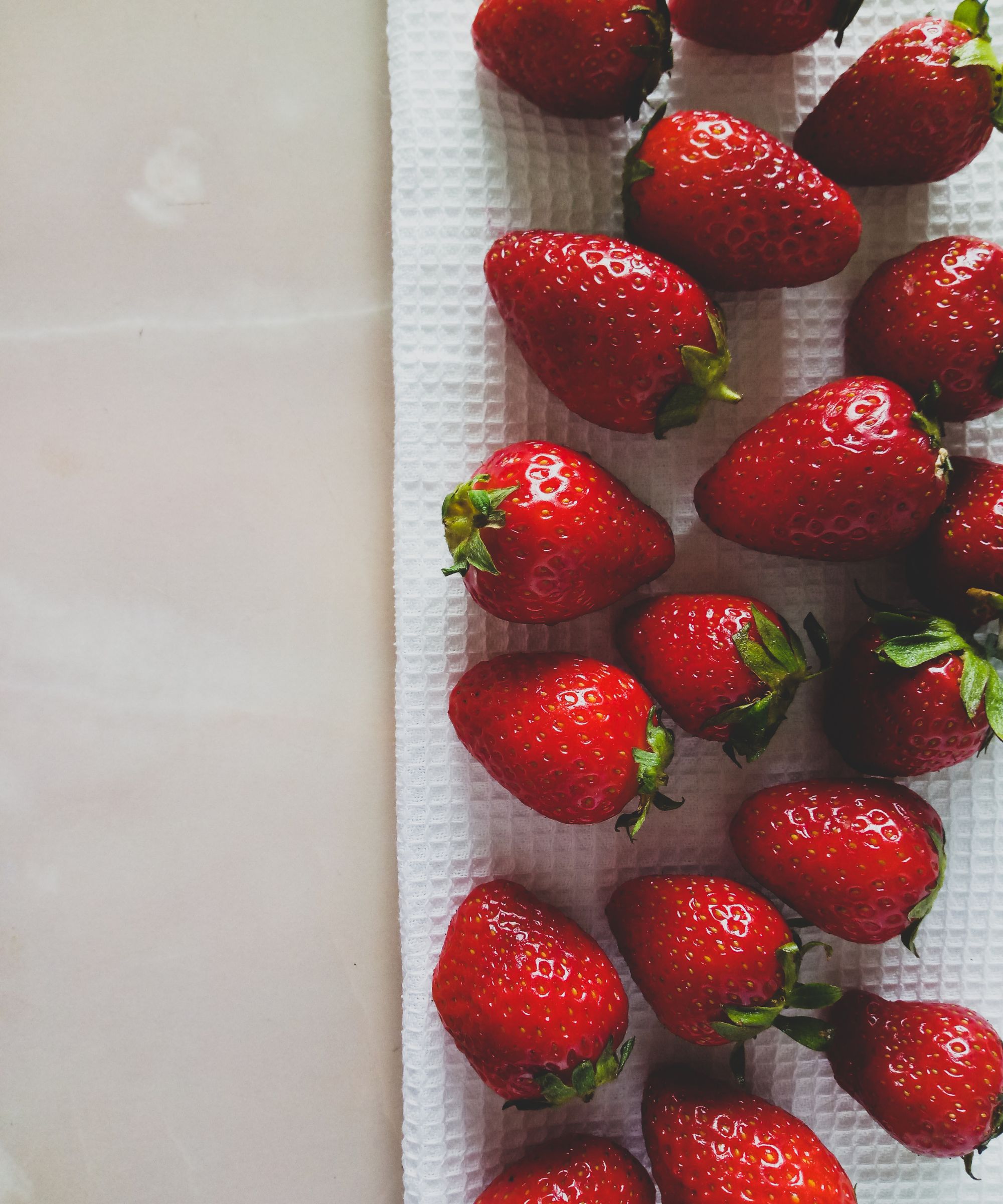
When using baking soda to clean strawberries, it is best to eat them right away.
Baking soda is a great way to enhance the water washing process. It works because it is a mild alkali that can cause organic compounds such as dirt and grease to dissolve more easily in water. Simply add one teaspoon of baking soda for every two cups of water and stir until dissolved. Soak the strawberries for up to 15 minutes, remove them, rinse in plain water, and pat dry.
4. Clean strawberries with salt
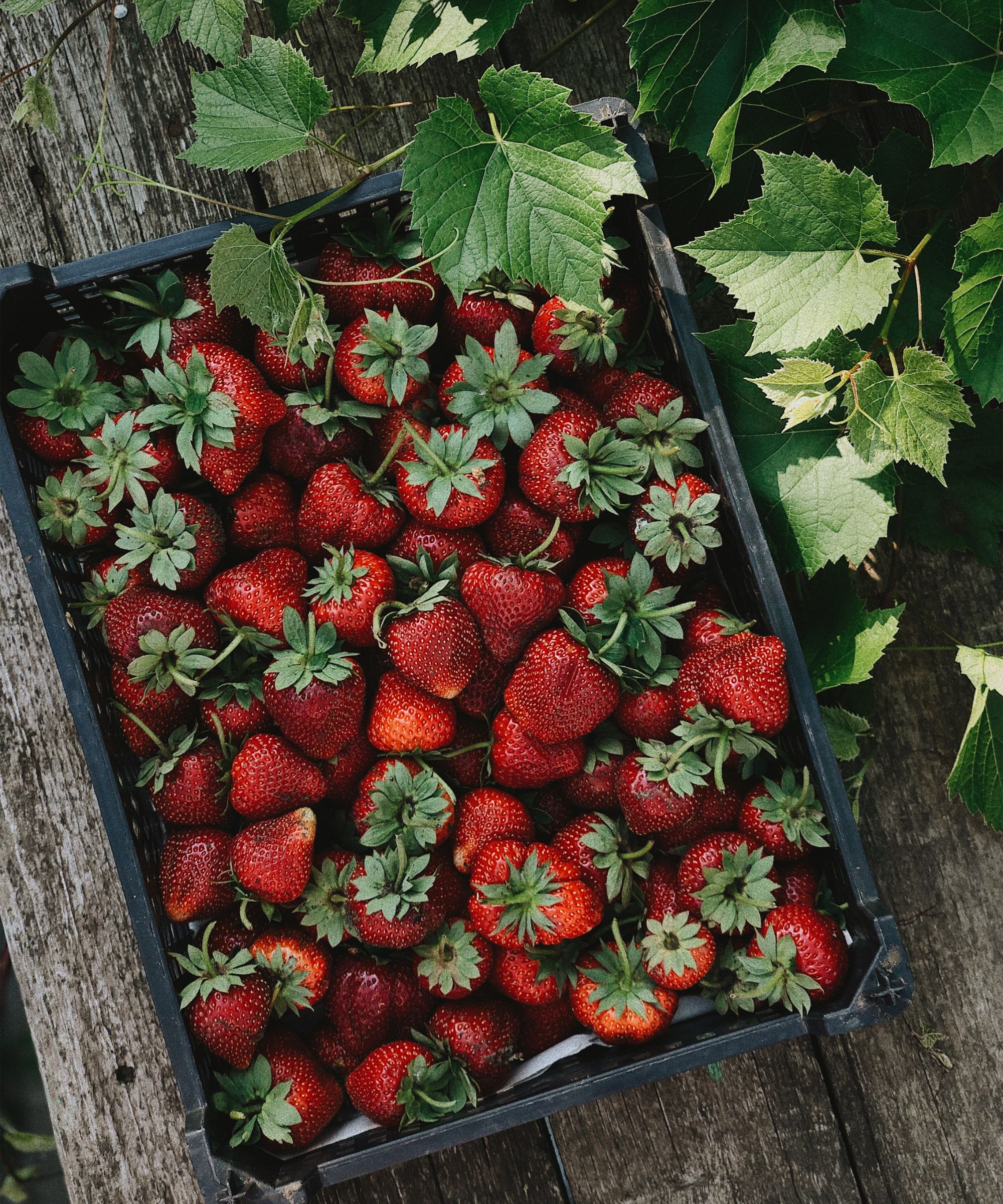
Cleaning strawberries in a saltwater mix is a great way to wash homegrown and picked strawberries. Rachel concurs, 'salt is an excellent way to wash fresh produce because of how readily available it is in people's homes. There is no reason not to!'
The salt works to draw out any bugs or larvae that may be hiding inside the berries or their leaves as well as stripping away any pesticides from store-bought fruits. To use this method, combine eight cups of warm water with two and a half tablespoons of any type of salt and stir to dissolve. Leave the water to cool before adding any strawberries. Soak for about five minutes before rinsing with cold water and drying.
Is it better to wash strawberries with salt or vinegar?
Whilst both methods are great at cleaning strawberries before eating or using them in dishes, using vinegar may leave a slight vinegary taste behind if they are not washed again thoroughly after.
Salt is perhaps a more simple way of cleaning strawberries, and works especially well for berries you have grown yourself and your main concern may be insects rather than pesticides.
How do you wash strawberries without them going soggy?
It is best to wash your strawberries immediately before using them when you can to prevent them from going soggy. Another tip is to always use cold water.
If you do have to wash them in advance of using them, make sure to dry both the berry and the green leaf and stem thoroughly with a paper towel and then refrigerate in an aerated container with a paper towel underneath to collect any excess moisture.
Sign up to the Homes & Gardens newsletter
Design expertise in your inbox – from inspiring decorating ideas and beautiful celebrity homes to practical gardening advice and shopping round-ups.

Chiana has been at Homes & Gardens for two years and is our resident 'queen' of non-toxic living. She spends most of her time producing content for the Solved section of the website, helping readers get the most out of their homes through clever decluttering, cleaning, and tidying tips. She was named one of Fixr's top home improvement journalists in 2024.
-
 5 surprising but brilliant ways to clean with old socks – from perfectly buffing stainless steel to deterring pests naturally and more
5 surprising but brilliant ways to clean with old socks – from perfectly buffing stainless steel to deterring pests naturally and moreTackle dust in tricky corners, clean your mirrors and even banish bad odors with those rogue single socks
By Andy van Terheyden Published
-
 How to grow astilbe – expert advice on cultivating this shade-tolerant flowering perennial
How to grow astilbe – expert advice on cultivating this shade-tolerant flowering perennialShade-tolerant and pest-resistant - astilbe are hardy and tough perennials that can thrive in many settings
By Ellen Wells Published